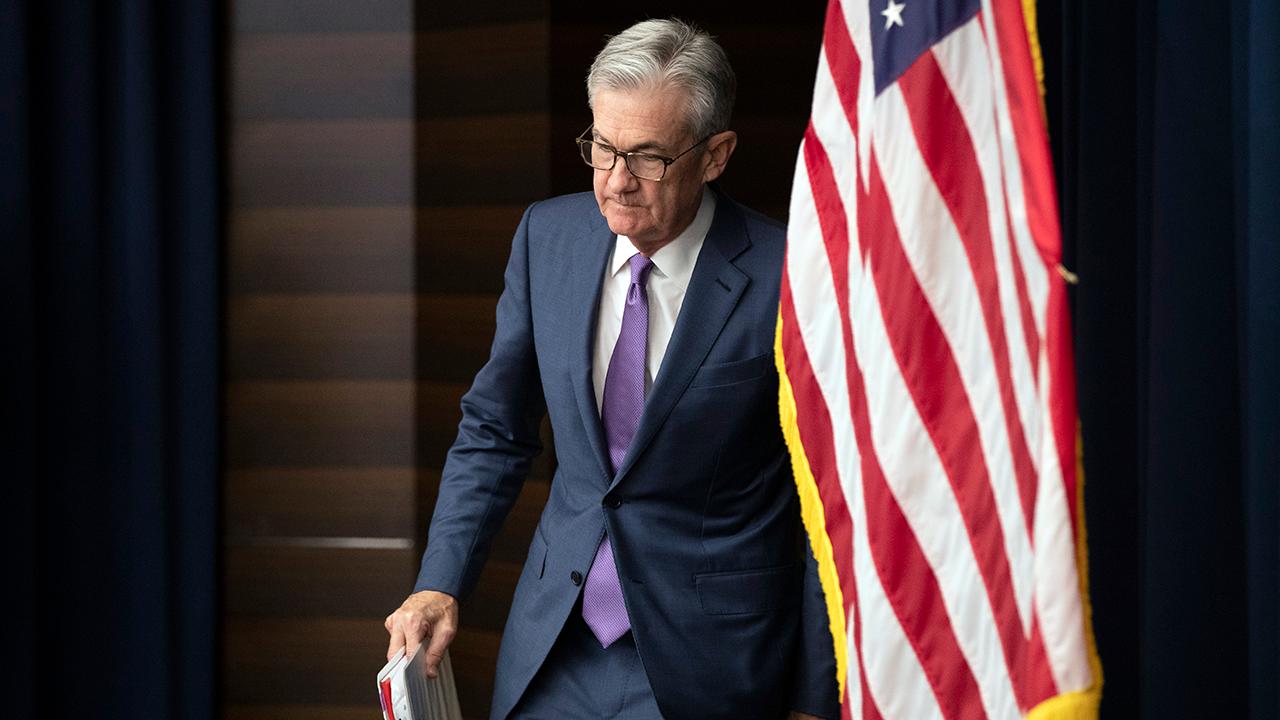Here's what to expect in the July jobs report
Wall Street will be closely watching the July jobs report on Friday for signs that the longest U.S. economic expansion on record is beginning to slow, weighed down by trade tensions and softening global growth.
Economists polled by Refinitiv anticipate the U.S. economy to have added 164,000 jobs — a steady, if fairly unnoteworthy estimate, which is well-below June’s stronger-than-expected 224,000 jobs, but still above the average gain of 171,000 jobs over the past three months. Unemployment, meanwhile, is expected to hold steady at 3.7 percent.
Analysts will also be monitoring wage growth and average hourly earnings for signs of inflation. Relatively stagnant hourly earnings -- analysts are forecasting it to hold steady at a 3.1 percent annual rate -- ”really is the missing element for a hot labor market,” said Josh Wright, the chief economist at iCIMS and a former Federal Reserve staffer.
“But there are signs that employers are relying on re-training and other benefits to avoid competing more intensively on wages,” he said.
One of the biggest implications of the jobs report will be how it influences monetary policy at the Federal Reserve, which cut interest rates on Wednesday for the first time in more than a decade. In approving the 25 basis point cut, policymakers cited "the implications of global developments in the economic outlook as well as muted inflation pressures.”
Investors want to see whether the U.S. central bank’s decision was a one-off insurance cut, or the start of a mild monetary easing cycle.
"Expect an overall strong report, eroding the case for further cuts, but given the strong easing bias of Fed leaders, much depends on exactly how strong the report is and how they adjust their messaging in response," Wright said. "'One and done' still seems like an economically justifiable outcome."
CLICK HERE TO GET THE FOX BUSINESS APP
Although Fed Chairman Jerome Powell said it was not the start of a “long series of rate cuts,” he also noted, “I didn’t say it was just one, or anything like that.” Policymakers, Powell said, will continue to monitor the economic outlook to determine whether a rate cut is warranted at the Fed’s September meeting.
"The issue is more the downside risks and the shortfall in inflation," Powell said during a press conference. "We’re trying to address those. In addition, going forward, I would say, we’re going to be monitoring those same things, the evolution of trade uncertainty, of global growth and of low inflation. We’ll also, of course, be watching the performance of the U.S. economy ... We’ll be putting all of those together, and that’s how we’ll be thinking of policy going forward."




















